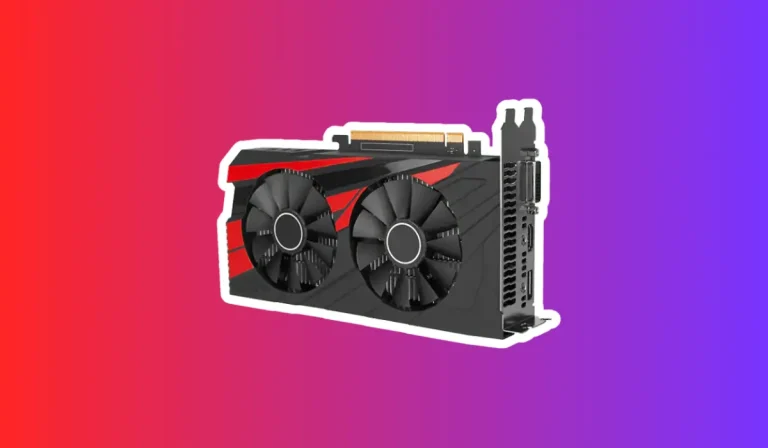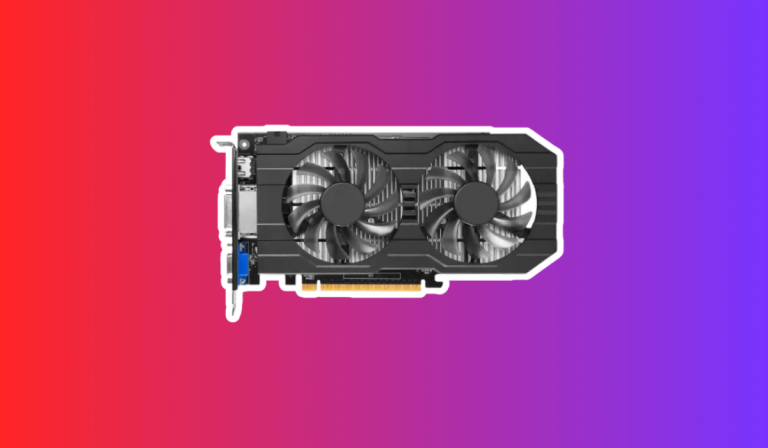Can you change the processor of a PC without changing its motherboard?
Did you know that the processor and motherboard are like the dynamic duo that powers your PC? They work hand in hand to ensure your computer functions smoothly. Now, there’s a common misconception that you can change the processor without replacing the motherboard, but is it really true?
Factors to Consider Before Changing the Processor
Compatibility Check: Socket Type, Chipset, and BIOS
One of the key factors to consider before changing the processor is the compatibility between the new processor and your existing motherboard. The socket type, chipset, and BIOS play a crucial role in determining whether the upgrade is possible. Each processor has a specific socket type, such as LGA or PGA, which must match the socket on your motherboard. Additionally, the chipset and BIOS of your motherboard should support the new processor.
To determine compatibility, you can refer to the specifications of your motherboard and the processor you intend to upgrade to. Motherboard manufacturers often provide compatibility lists or documentation that specify supported processors. It’s essential to cross-reference this information to ensure a successful upgrade.
Power and Cooling Requirements
Upgrading your processor may require additional power and cooling considerations. More powerful processors often consume more energy and generate more heat. Before making the switch, ensure that your power supply unit (PSU) can handle the increased power requirements of the new processor. Insufficient power can lead to instability and performance issues.
Furthermore, upgrading to a more powerful processor may require a better cooling solution. Higher-end processors tend to generate more heat, so you may need a more efficient cooling system, such as an upgraded CPU cooler or improved case ventilation. Proper cooling is crucial to prevent overheating and ensure the longevity of your components.
Limitations and Potential Issues
While it may be possible to change the processor without replacing the motherboard, there are limitations and potential issues to be aware of. One limitation is the compatibility of the motherboard’s BIOS with the new processor. In some cases, a BIOS update may be required to support the upgraded processor. However, not all motherboards offer BIOS updates for the latest processors, which can limit your options.
Steps to Change the Processor Without Replacing the
Motherboard
Step 1: Preparation and Safety Measures
Before beginning the upgrade, it’s crucial to take proper precautions. Start by shutting down your computer and disconnecting all power sources. Ground yourself by touching a metal surface to discharge any static electricity that could potentially harm your components. Gather the necessary tools, such as a screwdriver, thermal paste, and an antistatic wrist strap (optional but recommended).
Step 2: Remove the Old Processor
Carefully remove the heatsink or cooling fan that is attached to the old processor. This may involve unscrewing or unlatching mechanisms depending on your specific setup. Once removed, gently release the processor from its socket by unlocking the lever or sliding it out, taking care not to bend any pins. Place the old processor in an antistatic bag for safekeeping.
Step 3: Install the New Processor
Take the new processor out of its packaging, being mindful of any handling instructions. Align the processor with the socket on the motherboard, ensuring that the notches or markers match. Gently insert the processor into the socket, making sure it is seated properly. Lock the lever or secure the latch to hold the processor in place.
Step 4: Apply Thermal Paste and Reinstall Cooling System
Apply a small amount of thermal paste onto the center of the processor. This helps to ensure efficient heat transfer between the processor and the cooling system. Carefully reattach the heatsink or cooling fan, making sure it is properly aligned with the processor. Secure it in place using the appropriate screws or latches.
Step 5: Final Checks and Power On
Double-check all connections and ensure that everything is securely fastened. Reconnect the power sources and any other peripherals you had disconnected. Power on your computer and check the BIOS settings to ensure that the new processor is detected correctly. If everything is functioning properly, you have successfully changed the processor without replacing the motherboard.
Benefits and Drawbacks of Changing the Processor Without Replacing the Motherboard
Benefits
1. Cost-Effectiveness: Upgrading just the processor can be more budget-friendly compared to replacing both the processor and motherboard. If your current motherboard meets your needs and is compatible with the new processor, you can save money by avoiding the additional expense of a new motherboard.
2. Time-saving: Changing only the processor is generally quicker and easier compared to replacing the entire motherboard. It involves fewer steps and requires less disassembly and reassembly of components. This can be advantageous if you’re looking for a relatively quick upgrade without the need for extensive hardware changes.
Drawbacks
1. Limited Performance Gains: Upgrading only the processor while keeping the same motherboard may limit the overall performance gains you can achieve. Older motherboards may lack the necessary features or technologies to fully utilize the potential of a more powerful processor. As a result, you may not experience the significant performance boost you would get with a new motherboard that complements the upgraded processor.
2. Compatibility Issues: While it is possible to change the processor without replacing the motherboard, there can be compatibility issues. Your motherboard’s chipset and BIOS may not fully support the new processor, leading to potential stability issues or limited functionality. Additionally, certain advanced features of the new processor may not be accessible without a compatible motherboard.
FAQ’s
1. Can I upgrade my processor without replacing the motherboard?
Yes, it is possible to change the processor of a PC without replacing the motherboard, as long as the new processor is compatible with the existing motherboard.
2. How do I know if my motherboard supports a new processor?
To determine if your motherboard supports a new processor, you should consult the motherboard’s specifications or user manual. Look for information on the compatible processor socket type and supported processor models.
3. What happens if I install an incompatible processor in my motherboard?
Installing an incompatible processor in your motherboard can lead to various issues. It may result in the system not booting up, frequent crashes, or the processor not being recognized by the motherboard. It is important to ensure compatibility to avoid such problems.
4. Can I upgrade to any processor as long as it fits the socket?
No, simply fitting the processor into the socket is not enough. You need to consider other factors such as the compatibility of the motherboard’s chipset and BIOS with the new processor. Additionally, power requirements and cooling capabilities should also be taken into account.
5. Will changing the processor improve my PC’s performance significantly?
Changing the processor alone may not result in significant performance improvements if the motherboard is outdated or lacks features to fully utilize the new processor’s capabilities. Upgrading the motherboard, along with the processor, is often recommended for optimal performance gains.
Conclusion
Changing the processor without replacing the motherboard can be a cost-effective and time-saving upgrade option, but it comes with certain limitations. It is crucial to conduct thorough research and compatibility checks before proceeding with the upgrade. Assessing your specific needs, budget, and long-term goals is essential in making the right decision.




